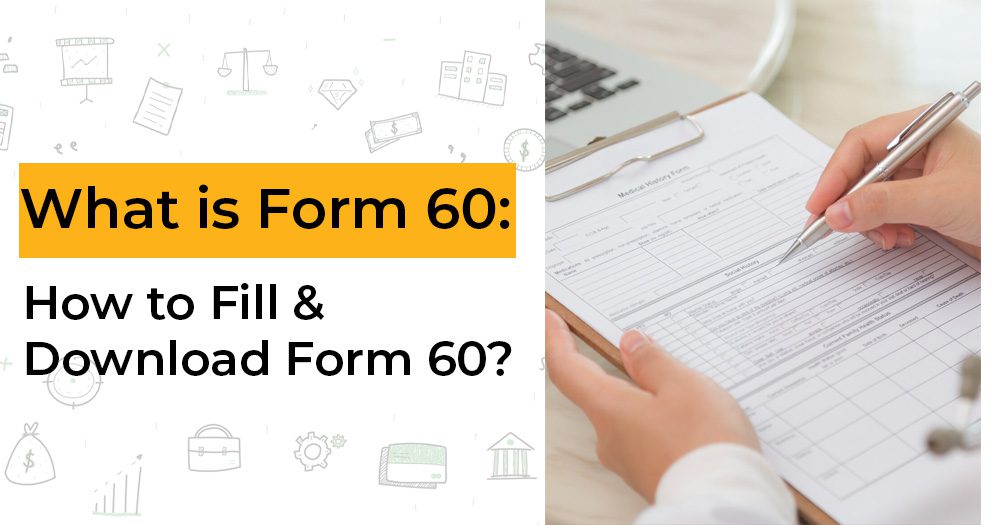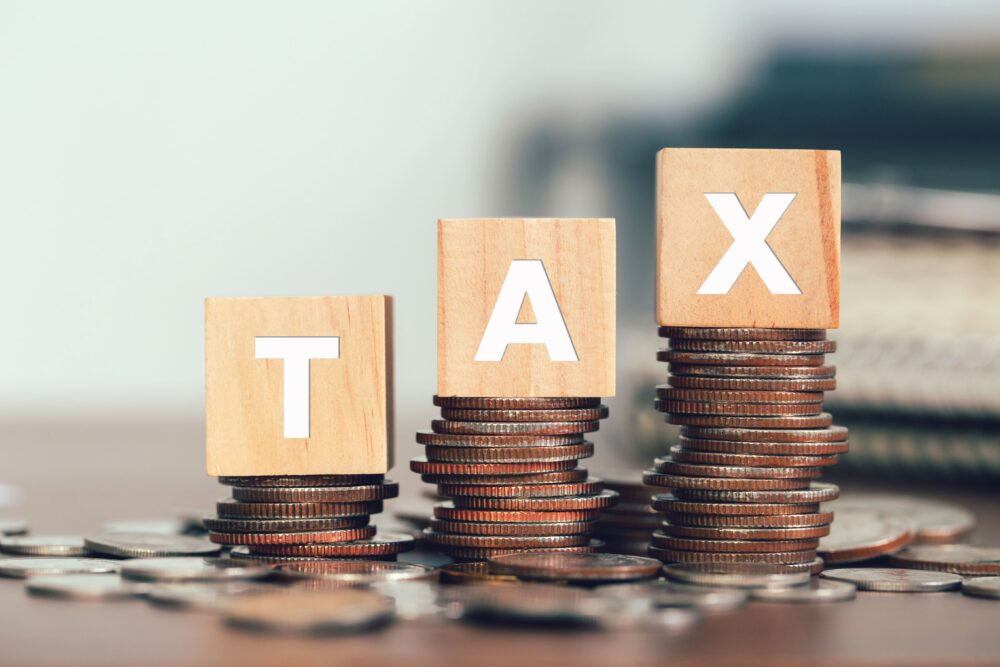In her Budget 2025 address, Finance Minister Nirmala Sitharaman declared her tax proposal's objective to be, "Personal Income Tax reforms with a special focus on the middle class" — a claim that the Budget's announcements support. The 2025 Union Budget delivers long-awaited tax relief, particularly for middle-income taxpayers who stand to benefit from the revised tax slabs under the new tax regime. A few key measures, such as the restructuring of tax slabs and the increase in the Section 87A tax rebate, will reduce the tax burden for many. Investors, however, have little reason to cheer.
Now, let's delve into how the announcements in Budget 2025 will affect your personal finances.
Basic exemption limit increased under the new tax regime in Budget 2025:
Under the new tax regime, the basic exemption limit was raised from Rs 2.5 lakh to Rs 3 lakh in Budget 2024. This year, in Budget 2025, Sitharaman raised the basic exemption limit from Rs 3 lakh to Rs 4 lakh.
Budget 2025 changed tax slabs and rates under the new tax regime
Budget 2025 revised the new tax regime's income tax slabs and rates to benefit all taxpayers. The new structure will substantially reduce the taxes of the middle class and leave more money in their hands, boosting household consumption, savings and investment, said Sitharaman.
Income tax slabs in the new tax regime will be revised as such:
New income tax slabs announced in Budget 2025
No tax for income of up to ₹12 lakh under the new tax regime
The Budget 2025 hiked the rebate under Section 87A, fundamentally transforming the tax landscape. Individuals earning up to Rs 12 lakh annually will now pay zero tax — an impressive leap from the previous threshold of Rs 7 lakh.
Moreover, salaried individuals will receive a standard deduction of ₹75,000, ensuring zero tax liability for those with an income of up to ₹12.75 lakh under the new tax regime. These bold changes offer substantial financial relief, effectively empowering middle-class taxpayers.
Sitharaman mentioned, "A taxpayer in the new regime with an income of Rs 12 lakh will get a benefit of Rs 80,000 in tax (which is 100% of tax payable as per existing rates)."
These changes in the new tax regime will help those earning Rs 12 lakh to save Rs 80,000 in taxes. "A person having an income of Rs 18 lakh will get a benefit of Rs 70,000 in taxes," Sitharaman said while announcing Budget 2025.
TDS rates simplified in Budget 2025: Senior citizens, small taxpayers to benefit
To simplify the TDS framework and make it more accessible to taxpayers, the Union Budget 2025 has rationalised the Tax Deduction at Source (TDS).
1) The TDS limit on interest income for senior citizens increased from Rs 50,000 to Rs 1 lakh, helping them keep more of their money and boosting their financial security. This move aims to enhance the financial security of senior citizens by allowing them to retain more of their earnings.
2) For general citizens, TDS limit under Section 194A hiked from Rs 40,000 to Rs 50,000 when the payer is a bank, cooperative society and post office.
So if your interest income from deposits, such as bank fixed deposits (FDs), is up to Rs 50,000 a year, there will be no TDS from April 1, 2025. For senior citizens, the threshold is now Rs 1 lakh from April 1, 2025.
3) The annual limit for TDS on rent will increase substantially from Rs 2.4 lakh to Rs 6 lakh. This adjustment will significantly decrease the number of transactions subject to TDS, providing relief to small taxpayers receiving lower payments.
These measures reflect the government's commitment to easing the tax burden on individuals and fostering a more efficient tax structure in the country.
Threshold for collecting TCS increased from Rs 7 lakh to Rs 10 lakh in Budget 2025
Budget 2025 increased the threshold for collecting tax at source (TCS) on remittances under the Reserve Bank of India's Liberalised Remittance Scheme (LRS) from ₹7 lakh to ₹10 lakh. Additionally, it removes TCS on remittances intended for education purposes, as long as those remittances come from a loan taken from a specified financial institution. These changes aim to enhance financial flexibility and support families investing in education abroad.
Income tax rules for house property simplified in Budget 2025:
In a significant move to ease the tax burden on homeowners, Budget 2025 announced that taxpayers now have the opportunity to designate any two houses as self-occupied properties without stringent conditions. Sitharaman's Budget 2025 speech stated, "Currently, taxpayers can only claim the annual value of self-occupied properties as nil if specific conditions are met. Given the challenges faced by taxpayers, we propose to allow the benefit of two self-occupied properties without such conditions."
This simplification will empower taxpayers to file their income tax returns more easily. They can claim the annual value of any two houses as zero without complex calculations.
For instance, if a taxpayer owns two houses—one occupied by them and the other vacant—they can now claim both as self-occupied without incurring any tax liabilities. Further, if an individual possesses three houses, they can still designate any two as self-occupied, with the third house subject to deemed valuation.
Tax benefits for NPS Vatsalya
Budget 2025 extended the tax benefits available to the National Pension Scheme (NPS) under sub-section (1B) of Section 80CCD of the Income Tax Act, 1961 to the contributions made to the NPS Vatsalya accounts, as applicable.
More time to file ITR-U
Budget 2025 has proposed to extend the time limit for filing an updated income tax returns or ITR-U from the current two years to four years for any assessment year.
At present, taxpayers have the option to file an updated income tax return or ITR-U within 24 months following the conclusion of the relevant assessment year. This initiative encourages voluntary compliance by imposing an additional income tax of 25% on the total amount of tax and interest for updated returns submitted within the first 12 months after the assessment year. For updated returns filed between 12 and 24 months post-assessment year, the additional income tax rises to 50% of the total tax and interest owed.








